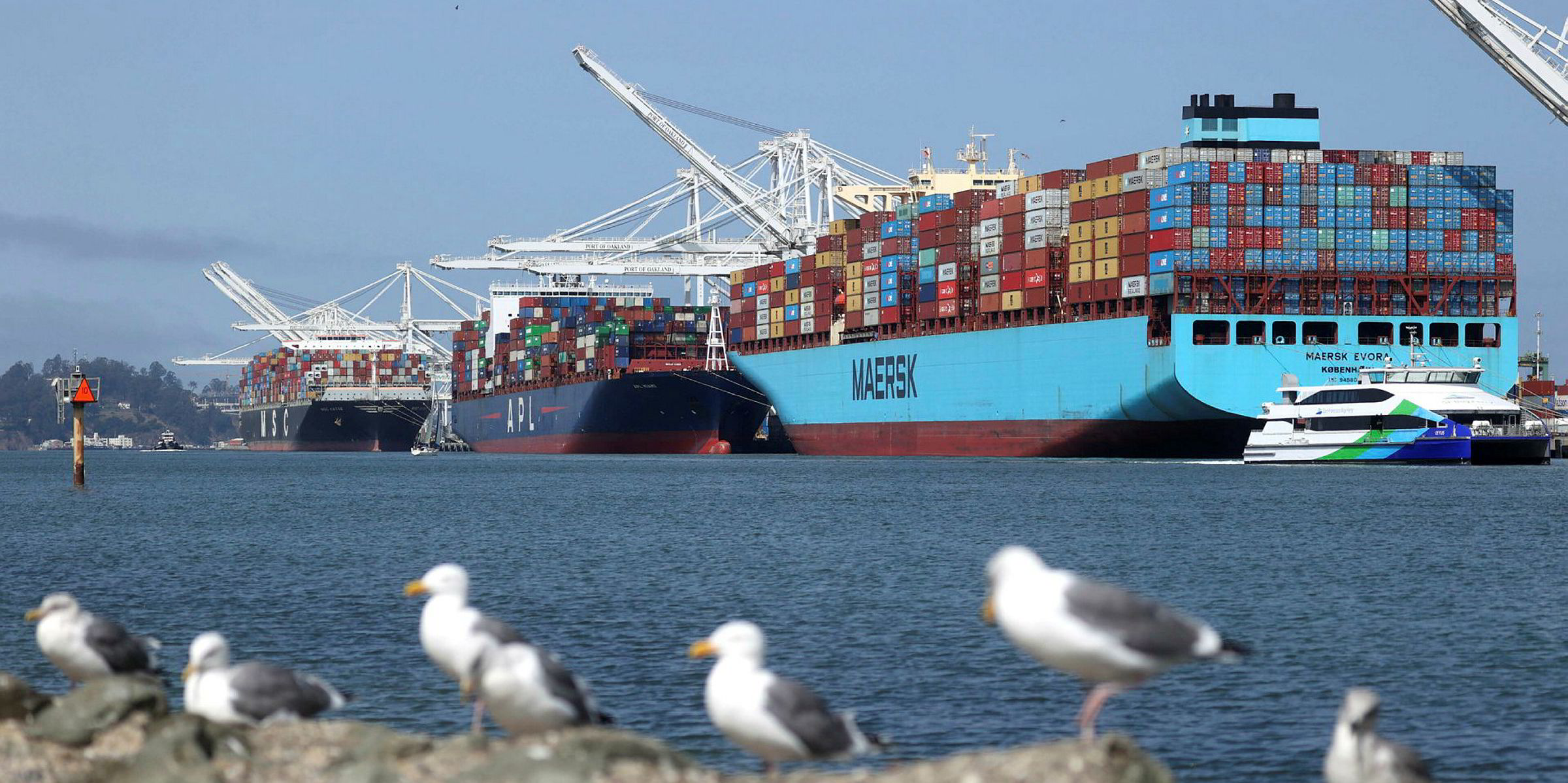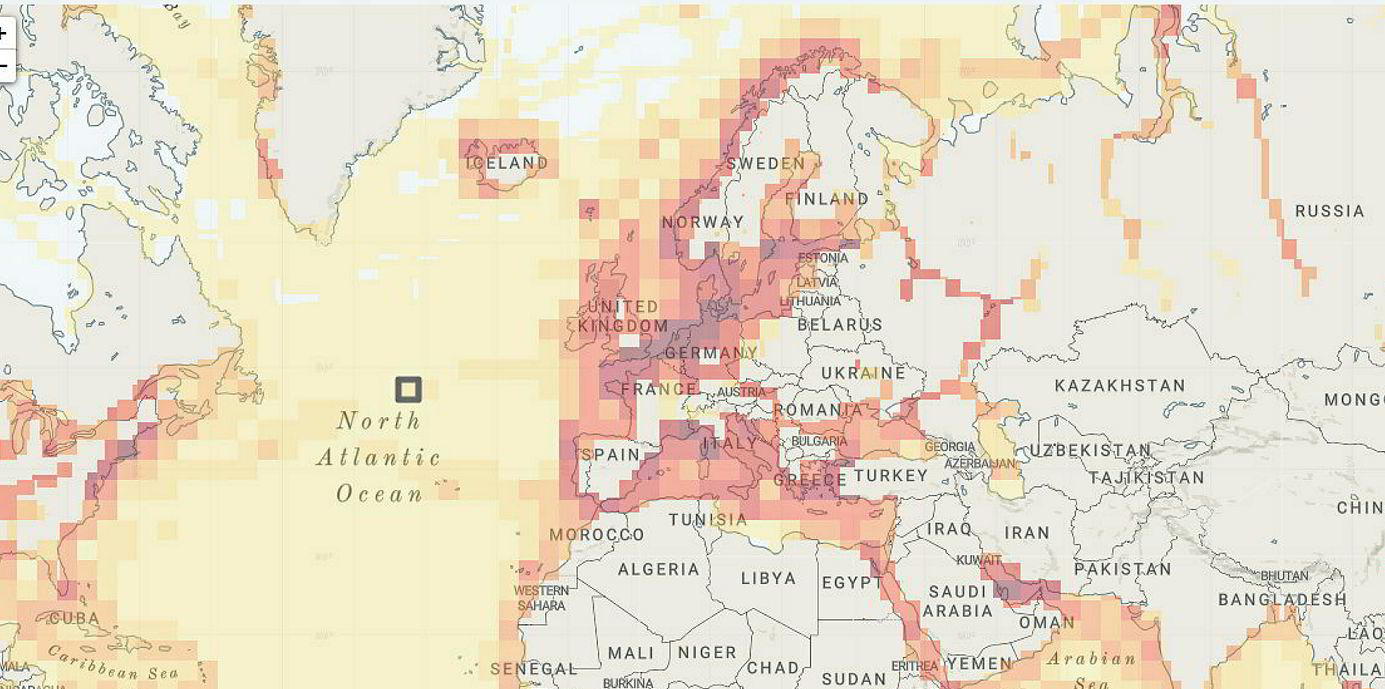The Sea Cargo Charter on carbon emissions is expected to put pressure on container carriers and the International Maritime Organization to take stronger action on emissions reporting.
Although the pledge announced last week by major commodities charterers has a direct impact on the bulker and tanker sectors, environmental groups and some stakeholders hope the endeavour will have an impact across the whole industry.
The charter’s signatories — Shell, Cargill and 15 other dry and wet cargo trading companies and ship operators — have committed to publishing their CO2 emissions data annually based on a common methodology.
“These companies are stepping up to do what others in the industry — namely the IMO and container shipping companies — have so far failed to do,” said Madeline Rose, climate campaign director at Pacific Environment.
Since 2018, the IMO has required ship operators to report fuel consumption data to flag states via its Data Collection System (DCS) to estimate greenhouse gas emissions from vessels. Flag states transfer the data to a centralised IMO database, but those figures are not accessible to the public.
“IMO DCS is one of the most obscure systems in the world. All the data collected [is] ‘locked up’ in the IMO secretary general’s office,” said Faig Abbasov, shipping director at green group Transport & Environment.
Time to be ambitious
“If maritime stakeholders want to show ambition, I would encourage them to start with the transparency and independent verification in DCS.”
In 2015, the IMO’s Marine Environment Protection Committee decided that data related to transport work is deemed “confidential and not publicly available” and said “there is a need to address resulting administrative burdens”.
When contacted by TradeWinds, an IMO spokeswoman suggested member states would have the final say on how the DCS functions.
On the container side, many carriers provide online calculators for shippers to estimate the carbon footprint of their shipments.
‘Container lines have dropped the ball’

But Alan Murphy, chief executive of consultancy Sea-Intelligence, said the assessment tools use “horrendously poor” and “outdated” data, having studied them since 2011.
“We feel container lines have dropped the ball on CO2 emissions reporting. All CO2 calculators are extremely simplistic and do not take into account real-word factors,” Murphy said, adding that two carriers can report widely different emissions figures from their online tools for the same shipment in a joint service.
The container industry’s counterpart to Sea Cargo Charter is the Clean Cargo Working Group, which has developed a standard reporting methodology since 2002.
Sensible manner
The group publishes annual aggregated data on main trading lanes that is available to the public. Shippers that participate in the group can check each carrier’s performance individually.
“We would encourage Clean Cargo Working Group to see how their standards are being applied and whether they are applied in a sensible matter,” Murphy said.
A source close to Clean Cargo said certification bodies — such as classification societies — would audit emissions data submitted to the group. But he stressed that Clean Cargo has “no responsibility or oversight” in what carriers display via their online calculators.
Murphy believes container lines may need to adopt a more complex methodology than bulker players.
“For tankers or dry bulkers, it’s usually very simple: one load, one customer. But in a containership, you may have 20,000 customers,” he said.
“How do you portion that out? There need to be standards for that. Once you set the standards, it’s not difficult to calculate. Unfortunately, the carriers do not seem to be capable of doing that.”
Murphy expects container lines to feel more pressure from shippers to distinguish themselves as low-emission transport: “We will have to see a change to more sustainable vessels.”
The International Energy Agency estimates that the global container fleet emits more CO2 than other shipping sectors due to high sailing speeds, longer distances and more transported amount.
“Containerships produce the most absolute GHG [greenhouse gas] emissions of any other shipping segment, and major consumer goods companies are their primary clients,” Rose told TradeWinds.
“Yet ... it is nearly impossible to find reliable, publicly available shipping GHG emissions data from these companies. We hope the Sea Cargo Charter ups the ante for industry’s baseline for emissions reporting and transparency.”







